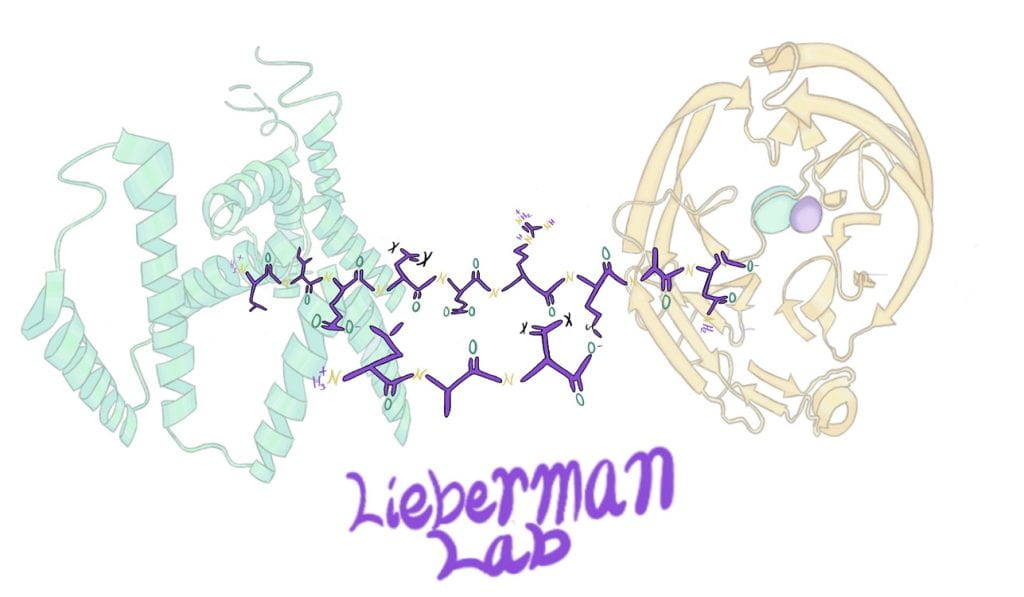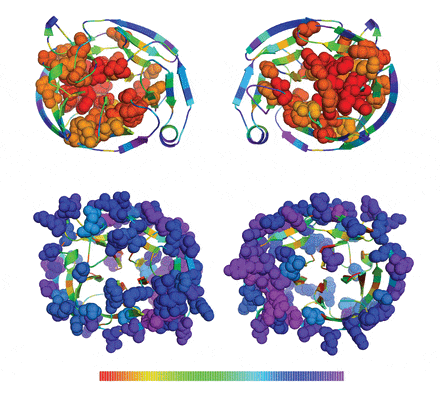
Protein Misfolding and Trafficking

Our main focus in this area relates to inherited forms of glaucoma. Myocilin is genetically linked to early-onset, inherited forms of glaucoma. It is an extracellular matrix protein involved in regulating eye pressure. Dysregulation leads to increased pressure, and subsequently the retinal degeneration that is the hallmark of glaucoma. Very little is known about myocilin including its detailed biological function, structure, and disease pathogenesis. The main observation to date is that mutant myocilin is sequestered in the ER of human trabecular meshwork cells instead of secretion to the extracellular matrix, causing cell death. We have made significant progress in recombinant expression and purification of myocilin for in vitro studies that will eventually lead to a more detailed molecular mechanism of glaucoma pathogenesis. This knowledge will also afford us opportunities to design small molecules to enable secretion of stabilized myocilin with a wild-type structure. The decreased toxicity as a result of less ER accumulation will ultimately delay the onset of glaucoma.
Intramembrane Proteolysis
Projects in this subgroup focus on the structure and function of newly discovered integral membrane enzymes that perform proteolysis within the cell membrane, so-called “intramembrane proteases”. The substrates for these proteases are membrane-spanning signaling peptides that enable mature, folded proteins to reach their final subcellular destinations. The leftover proteolyzed peptide fragments help report to the immune system about a particular cell’s overall state of health, a process that is exploited by viruses for infection. Incorrectly proteolyzed fragments can also aggregate to form plaques, which have been implicated in neurodegenerative disorders like Alzheimer disease. The biological functions of most intramembrane proteases are not known, yet they are conserved among all kingdoms of life. Finally, little is also known about the biochemistry of hydrolytic chemistry within the confines of the lipid membrane, including structural elements that govern access of the hydrophobic substrate to a hydrophilic active site, substrate specificity, and kinetics of hydrolysis.

Acid Beta-Glucosidase
Mutations in acid beta-glucosidase (GCase), a lysosomal hydrolase that catalyzes the hydrolysis of glucosylceramide, cause the lipid storage disorder Gaucher disease. The accumulation of glucosylceramide in the lysosome leads to inflammation, organomegaly, and in some cases central nervous system damage. Interestingly, Gaucher patients and unaffected carriers are at high risk for Parkinson’s. In addition, the perplexing GCaseE326K variant does not cause Gaucher disease, but is still associated with Parkinson disease. We are comparing biochemical features of wild-type and GCaseE326K to better understand the connection between GCase and Parkinson’s.
